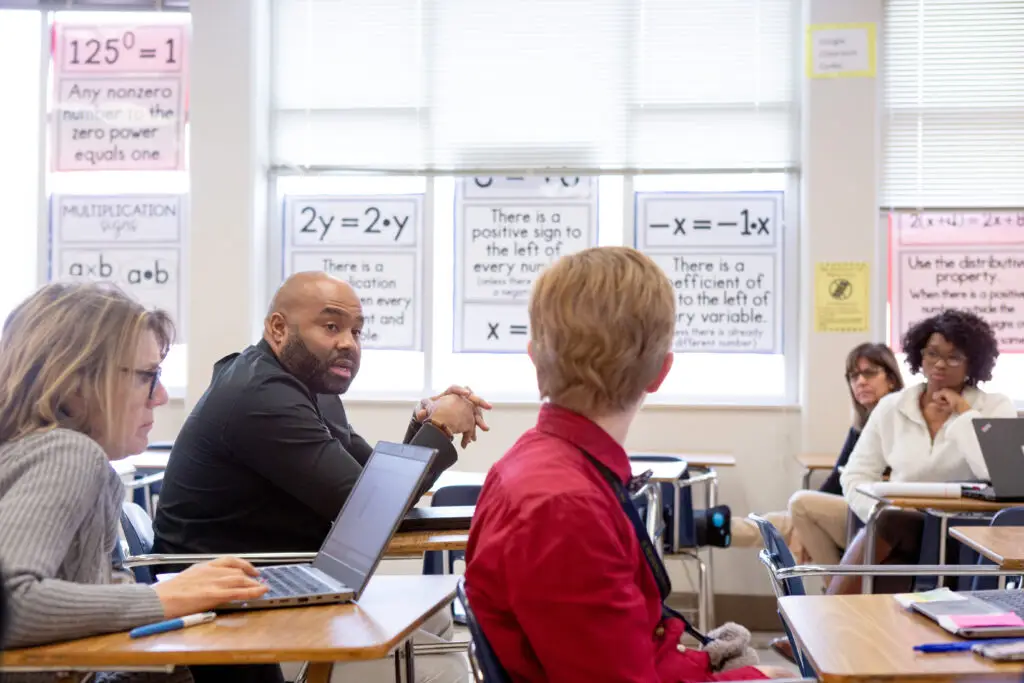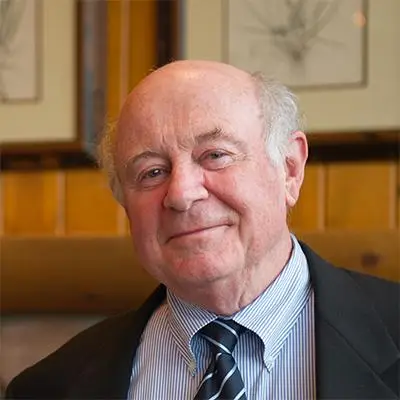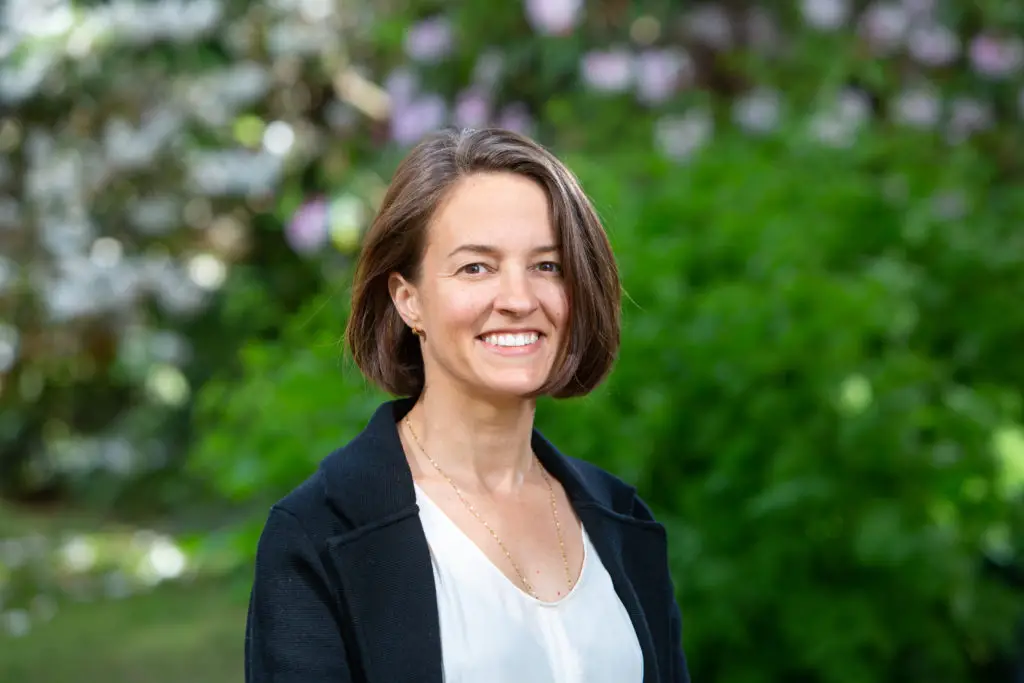In the face of financial, political, and capacity constraints, leaders within the Baltimore City Public School System and Chicago Public Schools are making progress toward closing post-pandemic gaps in student learning. They’ve had to choose among imperfect strategies and navigate significant, growing challenges. At times, this has meant taking risks, following strategies they might not be able to sustain, and wading deeper into politics than they’d prefer. They’ve hit the limits of their own systems—and may need to search for new options and forge new collaborations with external partners to move forward.
Key Points
The Baltimore City Public School System and Chicago Public Schools executive leadership teams are using several strategies to help their systems build back after the pandemic.
- To address uneven classroom instruction, leaders are standardizing key elements of instructional cores and adding instructional staff across their systems, while maintaining some school-level flexibility.
- To address rapid staff turnover and “newness” at all staffing levels, leaders are supporting existing staff to become teachers and “building the bench” of new principals, while also promoting school leaders and administrators from within.
- To address unprecedented student social-emotional needs, leaders are spending federal pandemic-relief money (ESSER) and other supplements, while hoping to avoid cutting into funding for instruction.
- To address new local political turbulence and financial strains, leaders are insulating schools as much as possible by taking the political hits themselves and making concessions to demanding stakeholders.
- Going forward, leaders in both districts will need to confront continued enrollment declines, limited central office capacity, constrained teacher labor markets, changes in school boards, shifting local interests, and uncertain state-level financial support.
The strong leadership modeled in CPS and BCPSS remains at the heart of moving forward, despite the fact they are straining against their capacities. While there may be differences in nuance, all maxed-out district leaders will have to search for new options and forge alliances with new partners within school boards, unions, and state-level governments.







